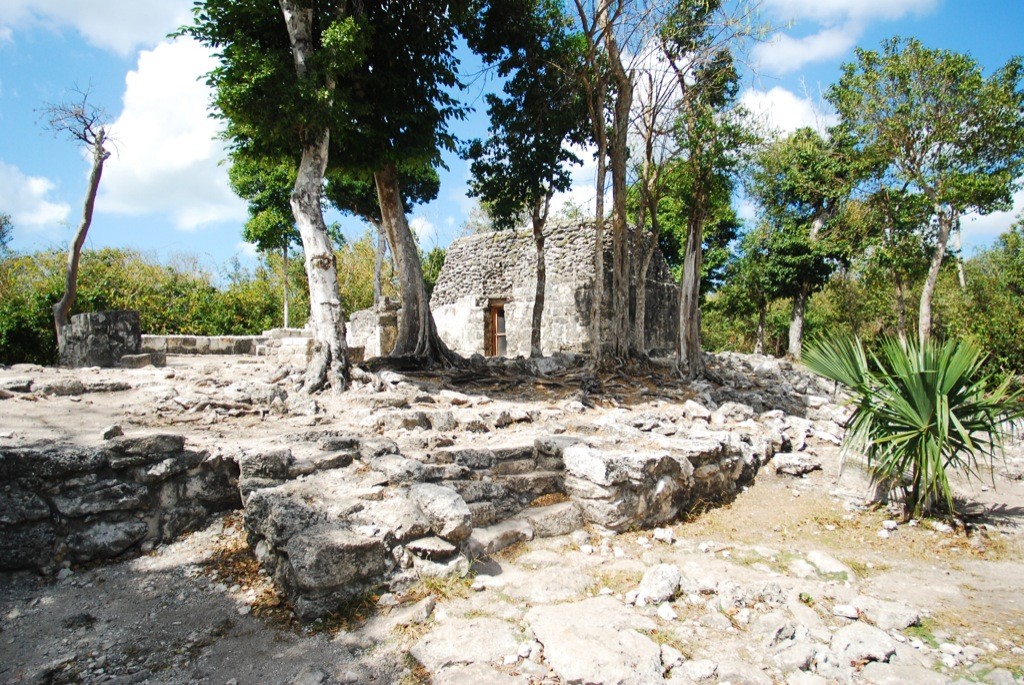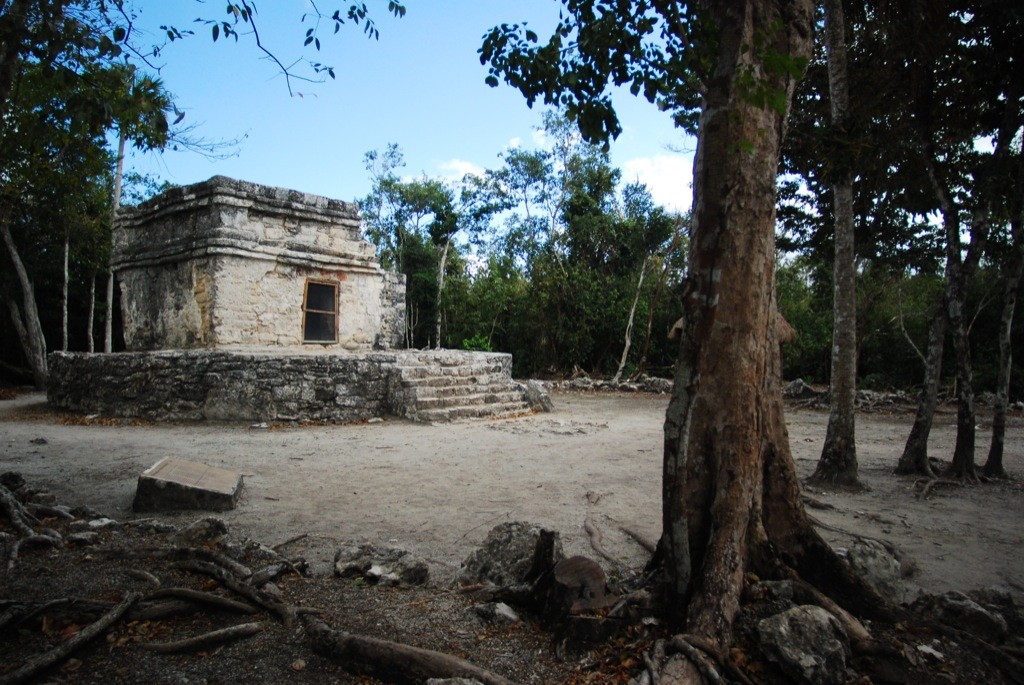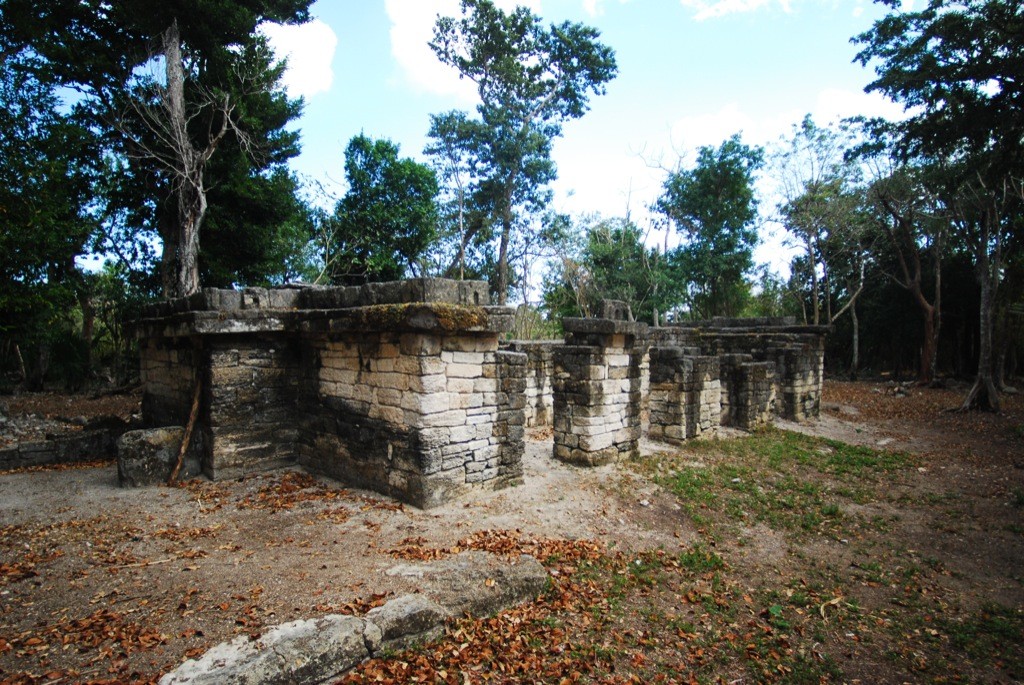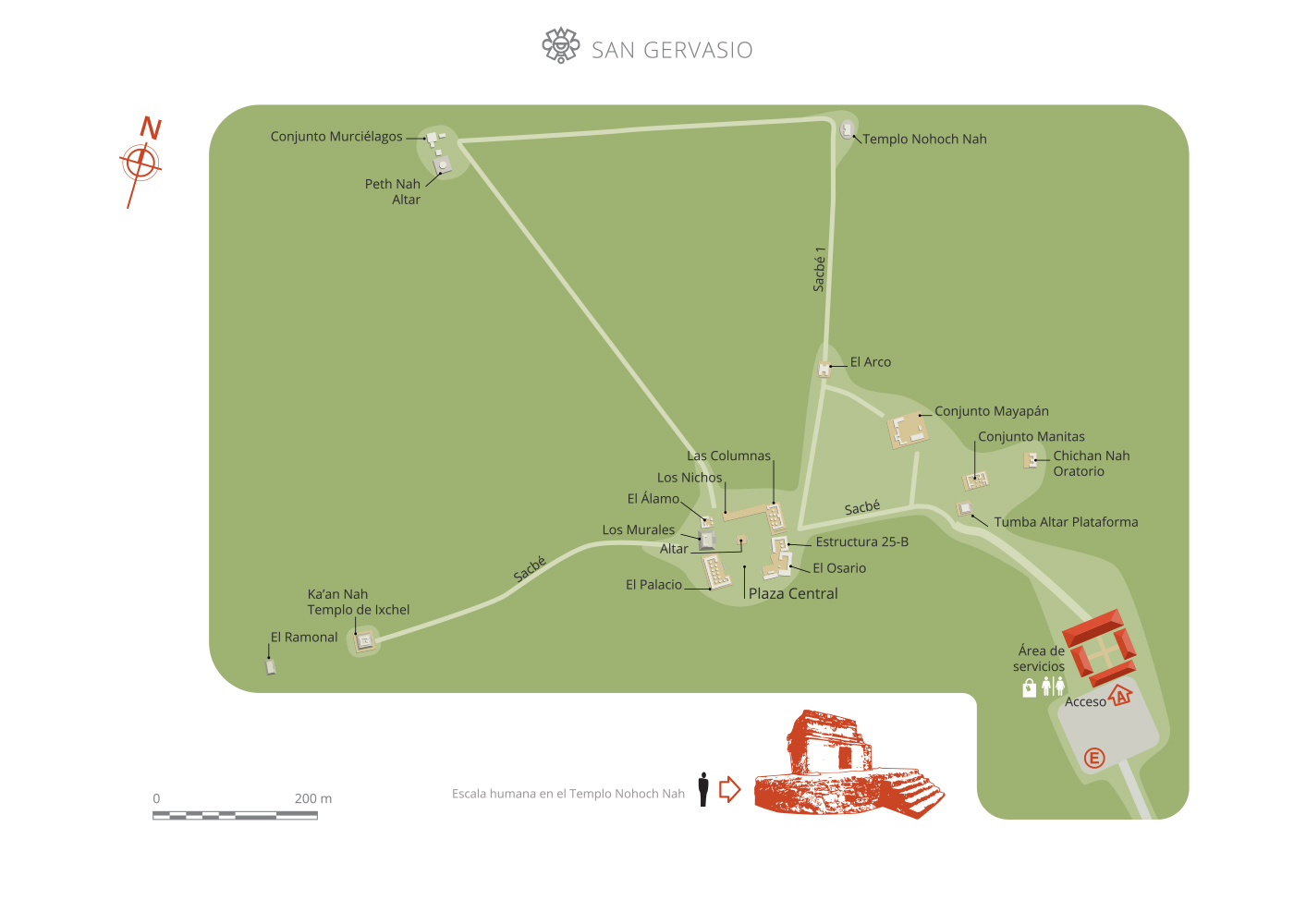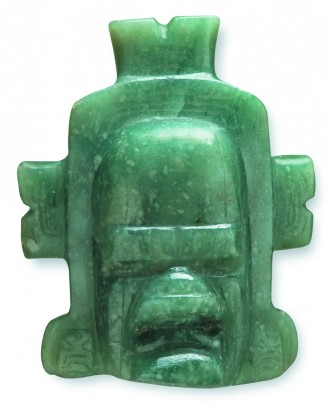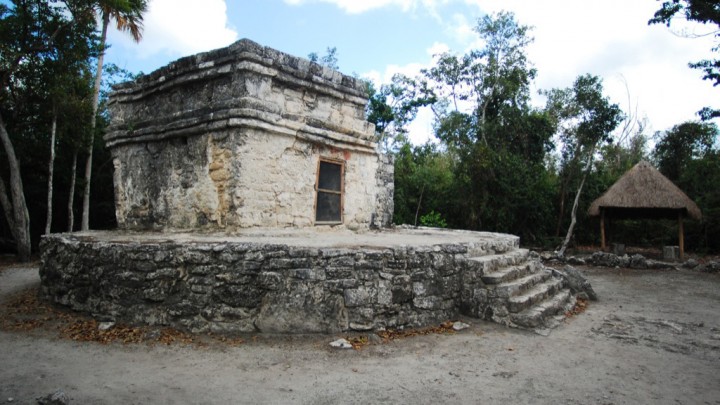San Gervasio
This pre-Hispanic settlement, situated on an old cattle ranch, was named in the twentieth century by the owner of the property
The principal Maya city on the island of Cozumel, founded 17 centuries ago, it was part of the intense trade and political network of Chichen Itza. The housing and religious complexes explored to date, together with the altars and pyramids, testify to its importance.
About the site
The chronicler Diego López de Cogolludo and the Chilam Balam of Chumayel mention various Mayan settlements on the island at the time the Spanish arrived. One such well-known place or neighborhood was Tantum or Tantun. However it is not known for sure whether it was one and the same as the ancient pre-Hispanic city we know today as San Gervasio.
Archeological work carried out on the site since the 1970s has enabled it to be dated to around the year 300. A rapid process of growth began nearly 300 years later, marked by the appearance of both perishable and higher quality buildings, and by the possible strengthening of ties with the coastal sites of the north coast of Quintana Roo.
San Gervasio seems to have grown significantly after 1000, and the fact that it flourished from 1200 up to the arrival of the Spanish may have been influenced by the rise of Chichen Itza as the great political and economic center of the peninsula. The settlement became the largest on the island during this final period, which saw the construction of the majority of the buildings visible today. At the same time a network of lesser towns emerged, possibly related to San Gervasio, and located across the whole island. Cozumel was densely populated when the Spanish arrived, and it played a key role in the first stage of the conquest.
Archeological work carried out on the site since the 1970s has enabled it to be dated to around the year 300. A rapid process of growth began nearly 300 years later, marked by the appearance of both perishable and higher quality buildings, and by the possible strengthening of ties with the coastal sites of the north coast of Quintana Roo.
San Gervasio seems to have grown significantly after 1000, and the fact that it flourished from 1200 up to the arrival of the Spanish may have been influenced by the rise of Chichen Itza as the great political and economic center of the peninsula. The settlement became the largest on the island during this final period, which saw the construction of the majority of the buildings visible today. At the same time a network of lesser towns emerged, possibly related to San Gervasio, and located across the whole island. Cozumel was densely populated when the Spanish arrived, and it played a key role in the first stage of the conquest.
Map
Did you know...
- The Conquistadors decided to celebrate the first Catholic mass in Mexico on Cozumel.
An expert point of view

Adriana Velázquez Morlet
Centro INAH Quintana Roo
Practical information
Monday to Sunday from 08:00 to 17:00 hrs. Last entry 16:30 hrs.
$95.00 pesos
Se localiza en la sección norte de la Isla de Cozumel
Services
-
+52 (983) 837 24 11
-
This email address is being protected from spambots. You need JavaScript enabled to view it.
Directory
Encargado de la administración de la Zona Norte
Williams Ferneli Tun Cab
This email address is being protected from spambots. You need JavaScript enabled to view it.
+52 (983) 837 24 11
Custodio
Javier Couoh Gutierrez


